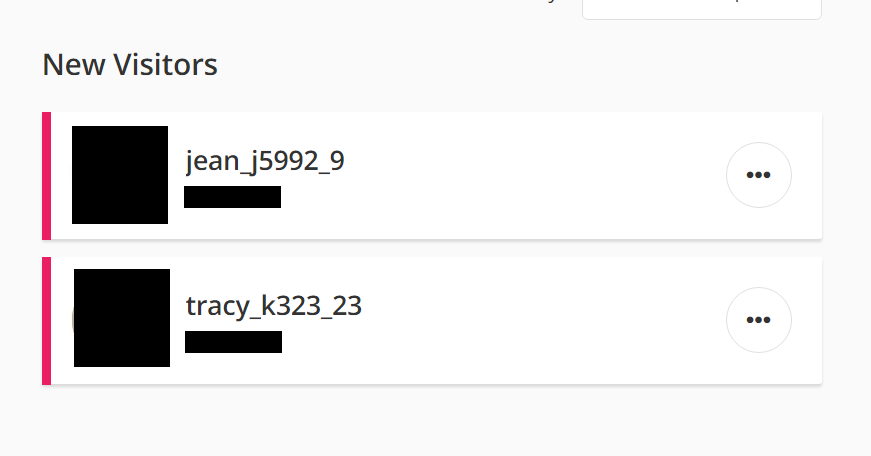In risk management, it’s crucial to look under the surface of benign-seeming merchants to identify potential red flags. All sorts of enterprises can surreptitiously act as fronts for fraudulent activity. Fake dating sites are a great example of this harmful potential, and they can operate scams on multiple levels.
For instance, some dating sites simply rope customers into paying for a service that doesn’t work as advertised. These customers may discover they signed up for a platform filled with fake accounts possibly run by bots. On a deeper, more alarming level, a network of fake dating sites can help facilitate massive fraud. In one notable scheme, bad actors created a large network of dating sites to test stolen credit cards they procured from the darknet. In another, they used dating sites as fronts to launder money for a network of fake identity verification sites.
How can we separate the risky merchants from the quality merchants? Here is a list of characteristics that may indicate a dating site is fake:
Suspicious profiles
- The profiles on the site have usernames that end in strings of random numbers.

- The profiles have generic or strange descriptions.

- New accounts instantly receive multiple messages and visitors even though the new account lacks pictures, a description, and other necessary information.

Large cookie-cutter networks
- The dating site belongs to a large network of over 200 sites that all share the same webpage template and features.
- This could indicate the sites have been created in bulk for nefarious purposes.
- The network uses many different customer support sites for billing.
- This could be a sign they are purposefully spreading transactions across multiple accounts to avoid high volumes and heavy chargeback rates that might raise suspicions.
A small digital footprint
- The site lacks reviews, or most of the reviews are complaints.
- The site is difficult to find through search engines.
- Some front sites avert attention by removing themselves from search engine indexes through specific lines in their source code.
- The site has no backlinks.
- The site has a low amount of web traffic.
- The site has no social media accounts.
If you are questioning the legitimacy of merchants in your portfolio, our G2 Risk Solutions (G2RS) analysts can help examine them in closer detail. G2RS has the tools and expertise to identify a merchant’s red flags and its possible connections to known laundering schemes.
To talk to an expert or to learn more, contact us.





